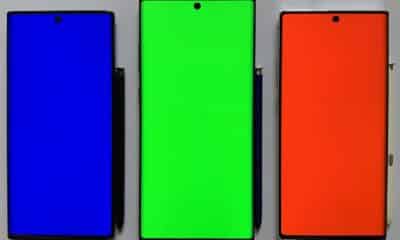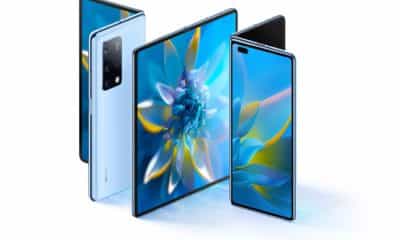Cool gadget
Corning Gorilla Glass Victus 2 vs Corning Gorilla Glass 6
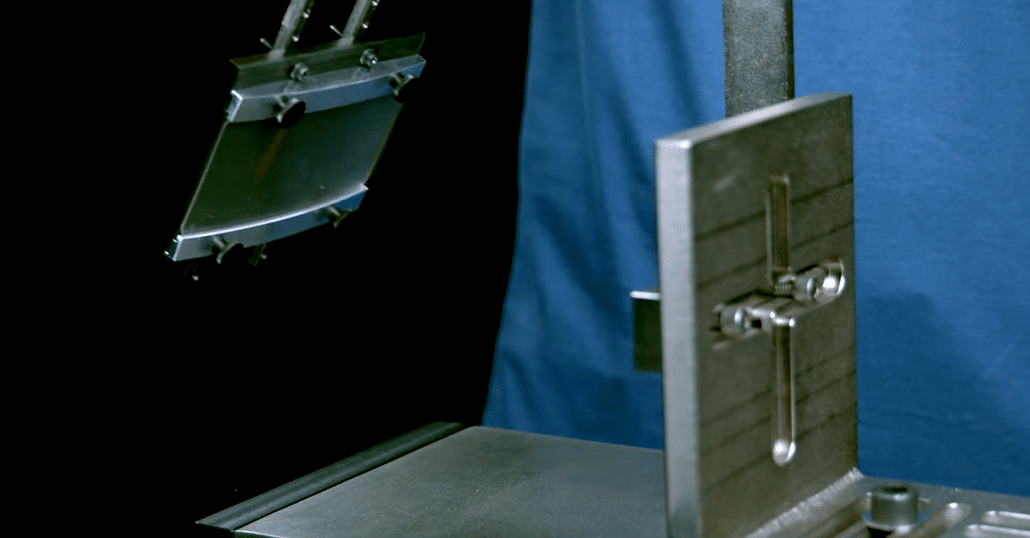
Corning Gorilla Glass has been synonymous with smartphone and gadget durability since its inception. The company’s continuous innovations have provided more robust and resistant displays for countless devices, protecting them from the trials of everyday use. In this article, we delve into a comprehensive comparison of two noteworthy iterations from Corning: Gorilla Glass Victus 2 and Gorilla Glass 6. Understanding the key differences and applications of each can aid consumers and manufacturers alike in making informed decisions about their gadget’s protection.
Overview of Corning Gorilla Glass 6
Introduced in mid-2018, Corning Gorilla Glass 6 was a significant upgrade over its predecessor, boasting twice the drop performance. The Gorilla Glass 6 was engineered to survive 15 consecutive drops from a height of 1 meter onto rough surfaces. The enhanced durability was primarily due to the implementation of a new material, added to the glass composition to increase compression and hence, resistivity.
Gorilla Glass 6, like all Corning products, was also designed for optimal clarity, maintaining its optical performance despite its toughness. This transparency is essential for devices with high-resolution screens, where display quality is crucial. Gorilla Glass 6 provides an optimal balance between display fidelity and rugged survivability.
However, there are limitations to Gorilla Glass 6. While its drop performance was significantly improved, its scratch resistance did not receive the same level of enhancement. Consequently, in environments where devices face potential scratching hazards, Gorilla Glass 6 might not provide the ideal protection.
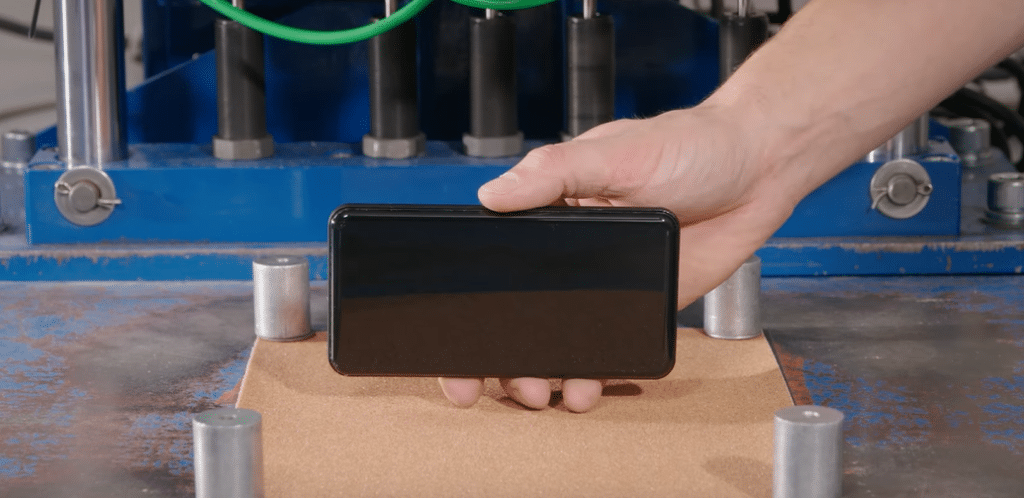
Overview of Corning Gorilla Glass Victus 2
Corning’s latest and most robust glass at the time of writing is the Gorilla Glass Victus 2. Unveiled in early 2023, Victus 2 represents a substantial leap over its predecessors, featuring improvements in both drop and scratch resistance.
Victus 2 can survive drops from up to 2 meters, which is double the height Gorilla Glass 6 could manage. This elevated drop performance means that devices sporting Victus 2 have a significantly lower likelihood of incurring damage from accidental falls. This kind of protection is crucial for modern devices that are larger and more cumbersome to handle, increasing the risk of accidental drops.
The scratch resistance of Victus 2 also saw considerable improvement over Gorilla Glass 6. The increased resistance to scratching means that everyday abrasions, which are almost inevitable in regular device usage, are less likely to leave visible marks on the display. This enhanced protection ensures the device maintains its aesthetic appeal over time.
However, it’s important to note that while Victus 2 outperforms its predecessors in many respects, it still isn’t invulnerable. Extreme impacts or particularly rough treatment can still damage the glass, necessitating care in usage and handling.
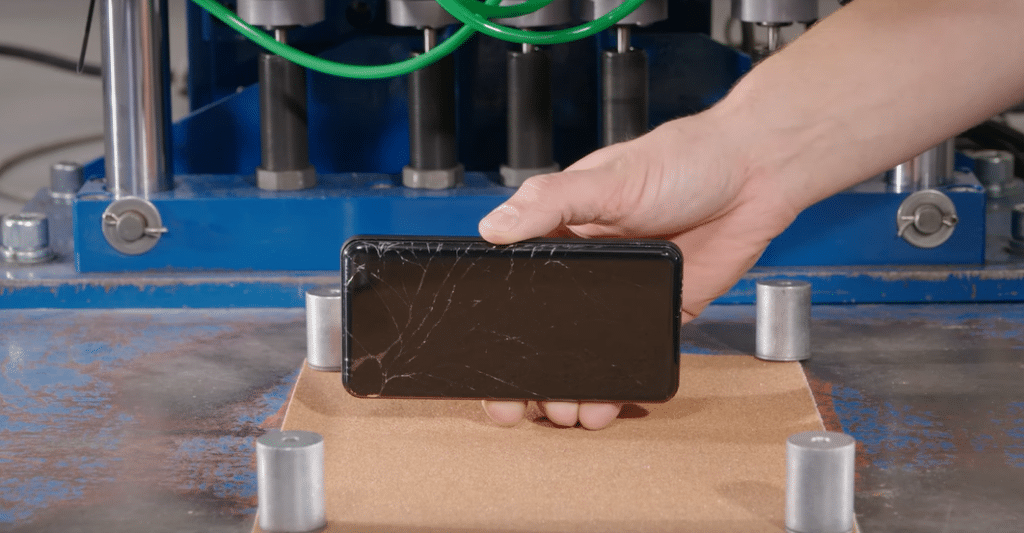
Direct Comparison: Gorilla Glass Victus 2 vs Gorilla Glass 6
When comparing Gorilla Glass 6 and Victus 2, several aspects come into play: toughness, scratch resistance, drop performance, and other technical specifications.
In terms of toughness, Victus 2 comes out on top. While Gorilla Glass 6 was already a significant step up from its predecessor, the introduction of Victus 2 pushed the boundaries further, offering superior protection against physical damage. Its ability to withstand drops from twice the height of Gorilla Glass 6 gives Victus 2 a clear edge in this category.
Scratch resistance, often an overlooked attribute, is a crucial aspect of smartphone usability. Gorilla Glass 6 was primarily criticized for not bringing significant improvements in this area. However, Victus 2 has addressed this concern, offering improved resistance to the everyday abrasions that devices commonly face.
In terms of drop performance, again, Victus 2 shows its prowess. The real-world implications of this improved performance are significant. The ability to survive drops from greater heights significantly reduces the chance of display damage, which is often one of the most expensive parts to replace in modern devices.
Other technical aspects, such as optical clarity and touch sensitivity, remain largely comparable between the two versions. Both glasses maintain the high standard set by Corning in these areas, ensuring the display quality isn’t compromised for the sake of durability.
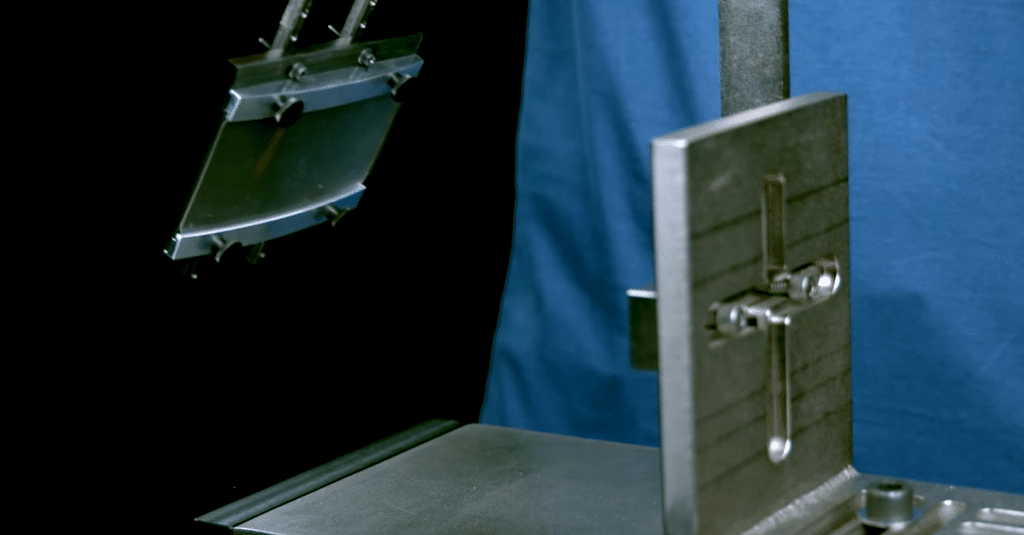
Use Cases and Practical Applications
The best use cases for Gorilla Glass 6 and Victus 2 largely depend on the specific requirements of the device and the environment in which it’s primarily used. For everyday devices that aren’t exposed to harsh conditions, Gorilla Glass 6 could suffice, offering ample protection against standard drops and bumps.
However, for users who prioritize durability and longevity, or those who often use their devices in environments where accidental drops from greater heights are likely, Gorilla Glass Victus 2 would be the better choice. Its superior drop performance and scratch resistance will provide better overall protection.
Similarly, for high-end devices where maintaining aesthetic appeal over time is crucial, Victus 2’s improved scratch resistance will ensure the device looks as good as new for longer. Moreover, for gadgets like wearables, where the risk of scratches is higher due to constant exposure, Victus 2 could offer significant advantages.
That said, manufacturers also need to consider factors beyond sheer performance, such as cost implications. While Gorilla Glass Victus 2 offers superior performance, it comes with a higher price tag. Therefore, budget devices may still opt for Gorilla Glass 6 or even older iterations to balance cost and performance.
Conclusion
In conclusion, the choice between Gorilla Glass Victus 2 and Gorilla Glass 6 primarily boils down to specific requirements and priorities. Victus 2 offers unrivaled toughness and resistance, making it the optimal choice for premium devices or those used in challenging environments. On the other hand, Gorilla Glass 6 still offers robust protection suitable for everyday usage, particularly in lower-end devices where cost-effectiveness is crucial. Ultimately, it’s about finding the right balance between protection, performance, and price.
References
- “Corning Gorilla Glass 6 improves upon Gorilla® Glass 5 by surviving drops from higher heights, but, more importantly, has been engineered to survive multiple drops.” Corning.com. https://www.corning.com/gorillaglass/worldwide/en/products-with-gorilla-glass/gorilla-glass-6.html
- “Corning Announces Gorilla Glass Victus, Can Survive 2-Meter Drops.” Extreme Tech. https://www.extremetech.com/mobile/313133-corning-announces-gorilla-glass-victus-can-survive-2-meter-drops
- “Why does your phone screen crack so easily?” BBC Future. https://www.bbc.com/future/article/20150915-why-does-your-smartphone-screen-crack-so-easily
- “Gorilla Glass: How it Works.” HowStuffWorks. https://electronics.howstuffworks.com/gorilla-glass.htm
- “The evolution of Gorilla Glass.” Digital Trends. https://www.digitaltrends.com/mobile/corning-gorilla-glass-history/
- “Gorilla Glass maker Corning gets $250 million investment from Apple, for American jobs.” TechCrunch. https://techcrunch.com/2019/09/17/gorilla-glass-maker-corning-gets-250m-investment-from-apple-for-american-jobs/
-

 Business5 months ago
Business5 months agoBest Technology Companies To Work For: 10 Top Picks For You
-

 Business5 months ago
Business5 months agoLatest Developments In Artificial Intelligence: 5 Best Breakthroughs
-

 Development and Hacking5 months ago
Development and Hacking5 months agoEmerging Technologies In Cyber Security: Full Guide In 2025
-

 Phones5 months ago
Phones5 months agoFind My Phone Using Google Account: Full How To Guide (5 Steps)
-

 Business4 months ago
Business4 months agoBest Tech Cities In The US: 7 Opportunities You Shouldn’t Miss Out
-

 Phones3 months ago
Phones3 months agoFind Samsung Phone: 6 Great Ways To Find Lost Or Stolen Device
-

 Phones2 months ago
Phones2 months agoAll Google Apps: Ultimate Guide For The Most Useful Ones (2025)
-

 Phones3 months ago
Phones3 months agoSwitch From iPhone To Android: 7 Reasons For Switching Sides

